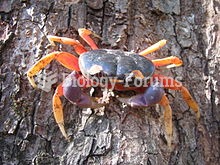|
|
|
Nearly 31 million adults in America have a total cholesterol level that is more than 240 mg per dL.
The National Institutes of Health have supported research into acupuncture. This has shown that acupuncture significantly reduced pain associated with osteoarthritis of the knee, when used as a complement to conventional therapies.
The Food and Drug Administration has approved Risperdal, an adult antipsychotic drug, for the symptomatic treatment of irritability in children and adolescents with autism. The approval is the first for the use of a drug to treat behaviors associated with autism in children. These behaviors are included under the general heading of irritability and include aggression, deliberate self-injury, and temper tantrums.
People with high total cholesterol have about two times the risk for heart disease as people with ideal levels.
The calories found in one piece of cherry cheesecake could light a 60-watt light bulb for 1.5 hours.







